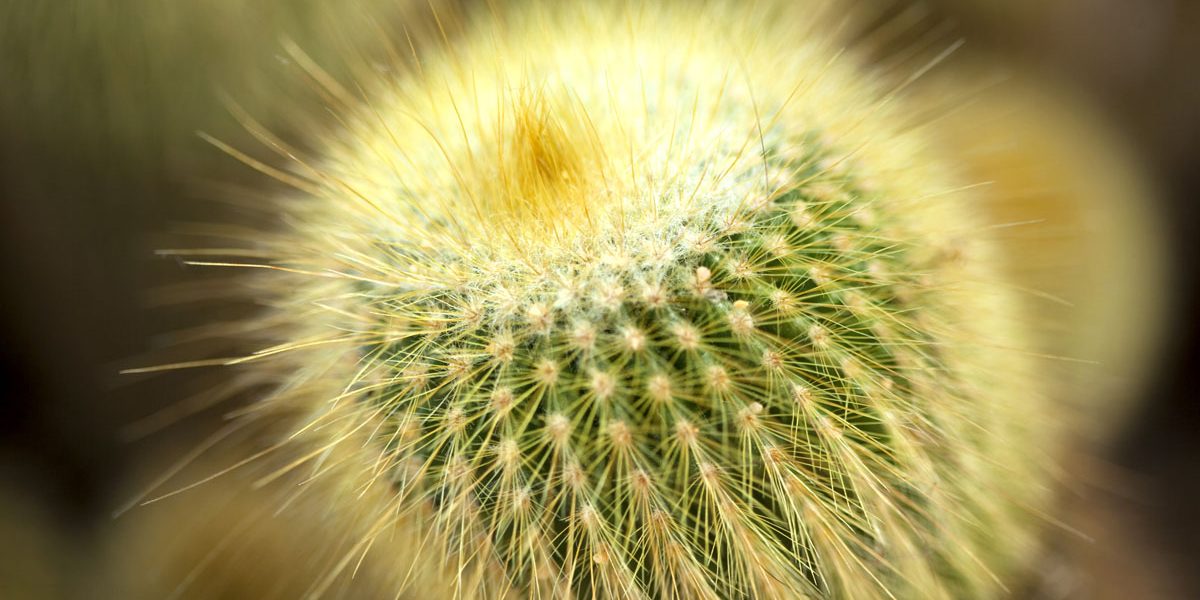Four factors impact the survival of cacti when you are caring for them:
- Too much or too little water
- Too much or too little light
- Pests
- Temperature fluctuation
All four of these (and sometimes a mixture of more than one) will strain your cactus causing odd behavior.
Cacti are really succulent and hardy plants needing little water or maintenance to grow, but some care is required. Drooping or sagging branches may be indicative that your cactus is stressed and not getting enough water or sunlight or damage caused by mealybugs or freeze damage can also lead to your cactus acting this way. Read on to learn more regarding how to tackle these prickly issues!
Improper Watering
Watering a cactus can become complicated. When dehydrated a cactus will often turn soft and become violet or purple in appearance. It can further show a wrinkled appearance causing the branches to droop. Cacti that is over-watered will show these signs and may develop root rot. Using potting soil will assure the cactus has the correct draingave and watering can help resolve the issues of dehydration as well repotting root-bound plants to a larger pot. In the case of overwatering, just let the soil dry out before proceeding further. Cactus only need water when the top 2 inches of soil are dried out and then only enough water to permit some drainage through the holes to the base of the pot. When water drains from the holes you can be sure the cactus is receiving adequate moisture.
Inadequate Lighting
Cactus enjoy good deals of bright light and heat. When they are not getting this, the cactus can start to droop. If this occurs during winter, the cactus may need some artificial light. In the spring and summer, however, cactus do very well if their pots are left outdoors.
Woodlice or Mealybugs
White with a cotton-like appearance, these pests draw juice from your cactus plant. A great amount of feeding by mealybugs usually leads to drooping branches. Mealybugs on singular plantings can be easily killed by hand and another alternative is rinsing the cactus with a mixture of liquid dish soap and water or an insecticidal soap and then allowing the cactus to stabilize for a day before rinsing off the soap from the cactus with water. Direct sunlight should be avoided during this time. This may take a couple of efforts since repeated applications are required to remove any mealy bugs that have hatched. The removal of flourishing growth, that mealy bugs love, may also help decrease their population.
Freeze Damage
Many cactus plants are indigenous to frost-free environments, if the temperature drops below freezing for even a couple hours, damage may result. This shows as blackening of the parts of the cactus that were exposed. In a couple of weeks, the black areas dry out and the cactus branches may droop. If the cold temperatures only happened for a short period, then the damage is likely superficial and your cactus will likely grow out of it, but this could take a couple of years. Water, adequate sunlight and warmth will help. If they are outdoor plants, they will do well in locations getting radiant heat at night. When temperatures fall, cactus grown in a garden should be covered with a sheet giving further warmth and cactus in pots should be taken indoors.
A&P Nursery Sells Cacti & Succulents In Arizona
A&P Nursery is excited to help you transform your outdoors with cactus & succulents in Mesa, Gilbert, Queen Creek, Tempe, and the rest of the East Phoenix Valley. Contact us, today!




